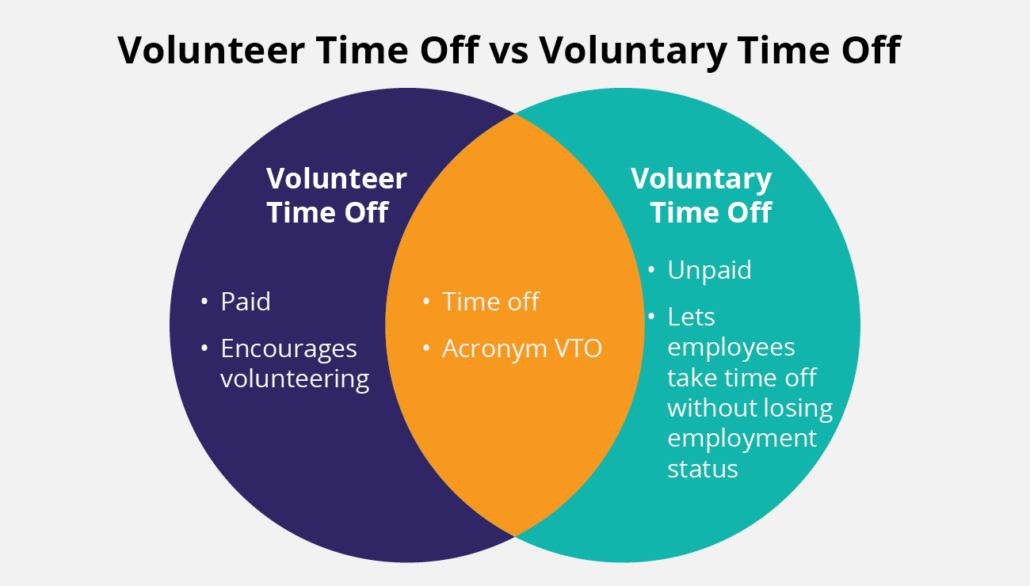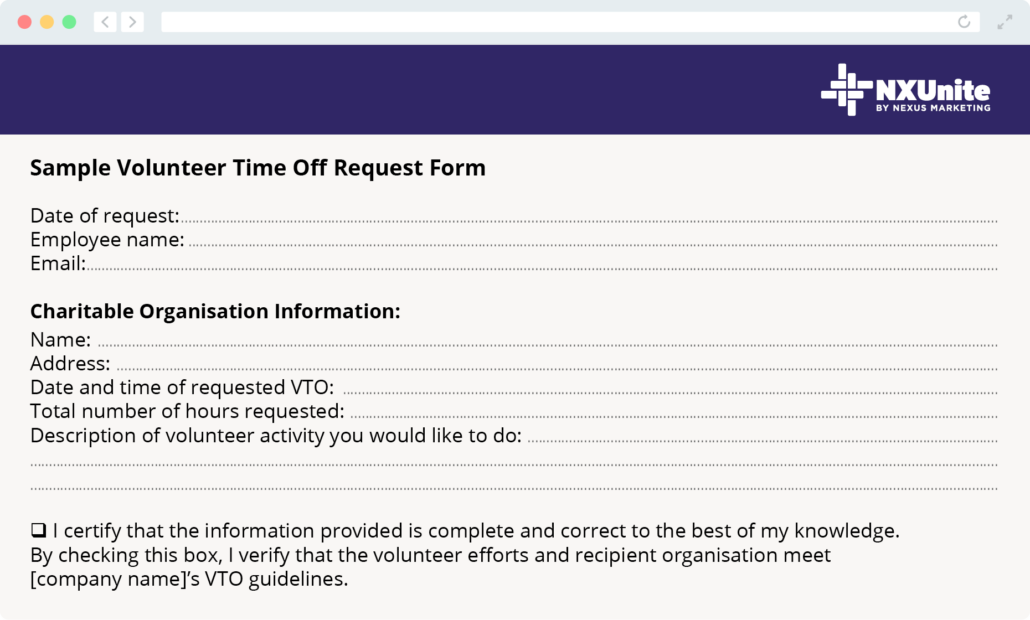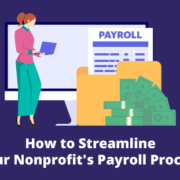Volunteer Time Off (VTO) – Nonprofit Catalog
30% of volunteers state that one of the main reasons they volunteer is because they have the time available to do so. Conversely, 49% of individuals state that their work commitments are their biggest obstacle to volunteering.
Fortunately, some of your volunteers make time to volunteer with volunteer time off (VTO). VTO helps nonprofits earn more volunteers, meaning more hands available to run your programs, raise funds, and spread awareness of your cause.
To get your nonprofit up to speed on VTO, this quick guide will go over how VTO works, how it helps nonprofits, and what your organization can do to leverage these programs.
What is volunteer time off?
Volunteer time off is a benefit some companies offer their employees where they can take paid time off to volunteer. This is different from voluntary time off, which is when a company allows employees to take unpaid time off but remain employed.

VTO is widespread, and many top companies offer some form of program where employees can request time off to volunteer. The majority of these companies offer employees between two and three VTO days per year, though some businesses offer as much as two weeks.
What are the benefits of volunteer time off?
Here’s how VTO programs benefit everyone involved:
- Companies offer VTO as a business decision. When employees take time off to volunteer, they’ll be more engaged, think of their employer as socially responsible, and feel increased loyalty to their employer. Plus, having their employees volunteer in the local community can improve the business’s reputation.
- Nonprofits earn extra volunteers from VTO programs. After all, if supporters have time off specifically to volunteer, then they are more likely to volunteer. Nonprofits can also earn highly skilled volunteers from professional and specialized companies that provide VTO.
- Employees get extra days off and the freedom to support the causes they care about. As such, VTO can be a major draw for job candidates looking for socially conscious workplaces.
While everyone benefits from VTO, these programs are underused. This is why it falls on nonprofits to make their supporters aware of VTO, create positive volunteer experiences that encourage supporters to spend their VTO with their organization, and show appreciation for all volunteers.
Common Volunteer Time Off Guidelines
Different companies have varying VTO policies, and employee volunteers should check in with their employers to ensure they follow the right procedures for requesting VTO. That being said, most VTO programs focus their guidelines on the following criteria:
- Employee status. Some companies only offer VTO to specific employees. For example, a multinational department store chain might provide VTO for its executive employees but not its retail workers. Or, a company might provide VTO to full-time but not part-time employees.
- Hours accrued. How employees earn VTO hours differs across companies. For example, one business might provide a set amount of VTO hours at the beginning of its fiscal year, whereas another might have employees accrue hours throughout the year. Additionally, some businesses may allow unused VTO hours to roll over from the previous year, whereas others may operate on a “use-it-or-lose-it” basis.
- Nonprofit eligibility. To prevent employees from misusing VTO on activities that should be covered by regular PTO, businesses often specify what types of nonprofits and activities are eligible. Commonly, most types of nonprofits, excluding political and religious organizations, are valid.
Let’s look at a breakdown of a sample VTO request form:

VTO requests are like regular PTO requests with one key exception: some companies may require employees to provide details about your nonprofit. Most information will be fairly straightforward, such as your nonprofit’s name and address. However, some companies might request the volunteer supervisor’s contact information or details about the activities the employee will perform.
How to Educate Supporters About Volunteer Time Off
VTO programs are increasing in popularity. Around 65% of companies offer paid volunteer time off. However, the average participation rate is only 33%. This means there’s a good chance your nonprofit has several supporters who are eligible for VTO but aren’t taking advantage of this benefit.
You can earn more volunteers for your cause by promoting VTO to your supporters. A few ways you can spread the word include:
- Add information to your volunteer page. On your volunteer page, add information about the different ways supporters can volunteer or supplement their volunteer efforts. This might include information about volunteer grants, team volunteering, and VTO.
- Include details in your regular messaging. If your nonprofit regularly posts on social media, sends an email newsletter, or updates its blog, consider creating content about VTO. For example, you might highlight a story about a supporter who made a difference by using their VTO, share research on unclaimed VTO, or call for volunteers and mention VTO.
- Invest in a corporate giving database. You can help your volunteers discover if they’re eligible for VTO by investing in a searchable corporate giving database. Since every VTO program is different, corporate giving databases compile company data on various employee giving and volunteer programs into one place. Your supporters can then enter their employers’ names to see what corporate giving programs they qualify for and how to apply for them.
Additionally, be sure to educate your volunteer managers on VTO. This way they can answer supporters’ questions and encourage them to look into VTO, earning your organization more dedicated volunteers.
More Volunteering Resources
Nonprofit Catalog – Read up on more nonprofit essentials by exploring our Nonprofit Catalog.
Volunteer Grants: Get More Out of Your Volunteer Program – Volunteer grant programs are another corporate volunteerism program that benefits nonprofits. Learn how to tap into these opportunities and generate revenue from your volunteer program.
Employee Volunteer Incentive Programs: Get Your Team Active – Some companies offer programs to incentivize their employees to volunteer. Discover common volunteer incentives and what these mean for nonprofits.









